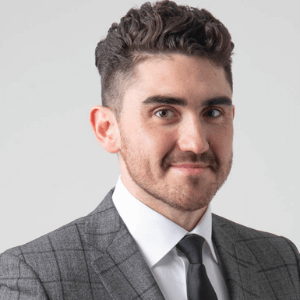Title : High healthcare utilization and associated costs in the year prior to both primary anatomic and reverse shoulder arthroplasty: A study of 2,393 patients from a private insurance database
Abstract:
Background: The volume of total shoulder arthroplasty has increased exponentially over the last few decades. Recently, due to broadening applications, reverse shoulder arthroplasty (rTSA) has surpassed anatomic shoulder arthroplasty (aTSA) in the primary setting. With the trend toward value-based models of health care delivery, the quantification of the costs associated with non-operative management preceding both procedures is important for optimizing the utilization of limited health care resources. The purpose of this investigation was to quantify the cost of non-operative interventions in the year prior to both aTSA and rTSA.
Methods: An observational cohort study was conducted using the IBM Watson Health MarketScan databases. Patients with shoulder arthritis (including osteoarthritis, rotator cuff arthropathy, rheumatoid arthritis and ‘other’ arthropathies) who underwent unilateral, isolated primary aTSA or rTSA from January 1, 2018, to December 31, 2019, were included. The main outcome was the cost of payments for identified non-operative procedures in the 1-year period before surgery. Nonoperative procedures examined were (1) physical therapy (PT); (2) bracing; (3) intra-articular injections: professional fee, hyaluronic acid (IA-HA), and corticosteroids (IA-CS); (4) medication: nonsteroidal anti-inflammatory drugs (NSAIDs), opioids, and acetaminophen; and (5) shoulder specific imaging.
Results: The study population included 2,393 patients undergoing aTSA and rTSA. The mean age for patients undergoing aTSA was 60.4 ± 81 years and 65.6 ± 9.1 years for rTSA (p<0.001). The average cost of non-operative management in the year preceding shoulder arthroplasty was $1,416 ± 2,271 (1,092 ± 1,827 for aTSA and 1,624 ± 2,492, p<0.001), for a total of nearly $2.6 million (USD). When comparing expenditures between aTSA and rTSA, significantly more was spent for PT ($547 ± 1,584 vs $198 ± 1,292; p<0.001) and MRI ($454 ± 790 vs $242 ± 503, p<0.001). The total cost of non-operative procedures was significantly higher for women compared to men ($1,552 ± 2,268 vs $1,323 ± 2,270, p<0,001). Although there were no geographic differences in spending patterns, the average number of opioid prescriptions were higher in the western United States (1.6 ± 3.6, p = 0.002).
Conclusion: In the year preceding total shoulder arthroplasty a considerable amount is spent on a wide variety of non-operative procedures and treatment modalities. Compared to aTSA, rTSA is associated with significantly higher pre-operative costs, which can be attributed to increased use of PT and MRI. Women are also at risk of spending more on treatment in the year prior to surgery. As the number of shoulder arthroplasties increases, with an ever-increasing bias towards rTSA, it is important that the use patterns and efficacy of non-operative modalities be critically appraised to provide value-based care. Finally, the variations in opioid prescribing patterns highlighted in this study demonstrate the need for continued efforts from the orthopaedic community to promote narcotic stewardship.
What Will The Audience Learn?
- The cost associated with non-operative procedures for patients in the 1 year period leading up to primary total (aTSA) or reverse shoulder arthroplasty (rTSA).
- Differences in cost for non-operative interventions when comparing aTSA and rTSA.
- Valuable information to assist with resource allocation for patients with shoulder arthritis who are candidates for shoulder arthroplasty.
- Sex related differences in spending patterns for these conditions.
- Geographic differences in opioid prescribing patterns for shoulder arthritis, which may highlight a need for further education regarding narcotic stewardship in this patient population.




